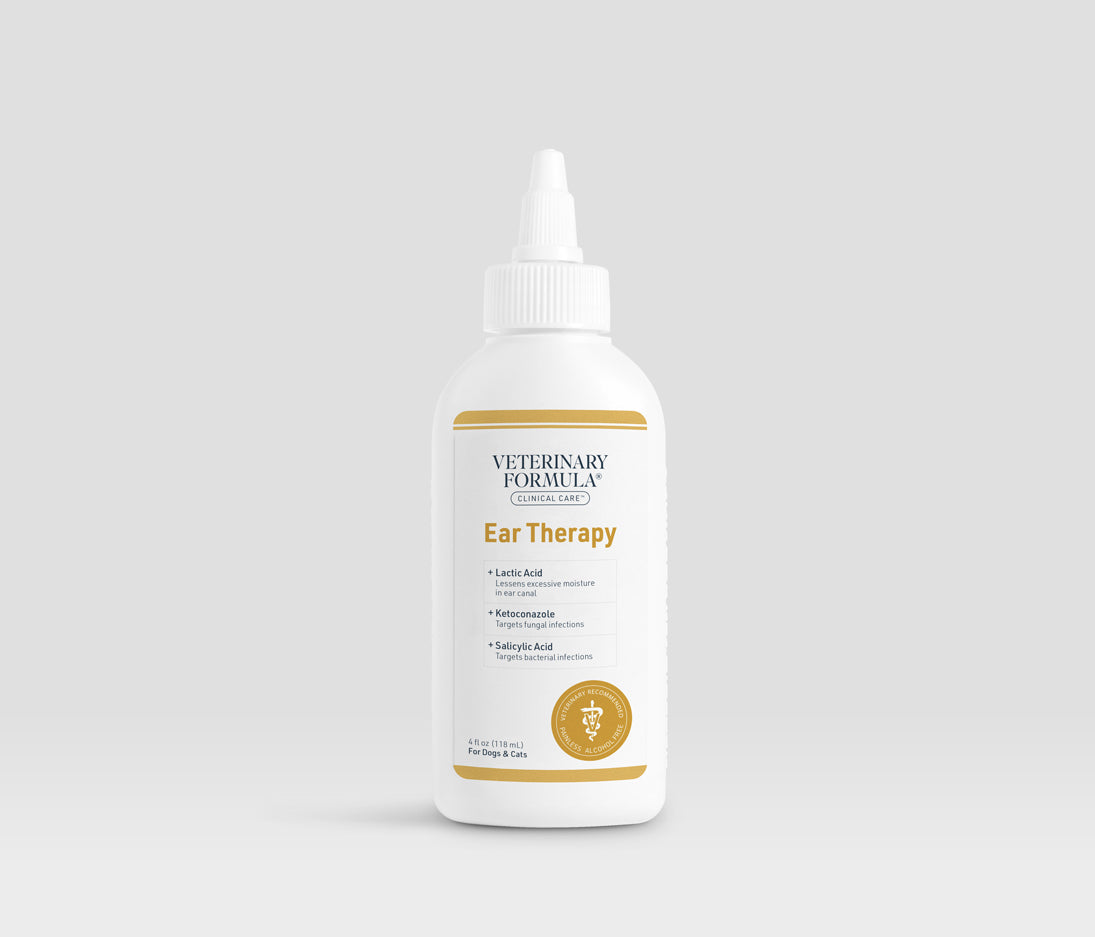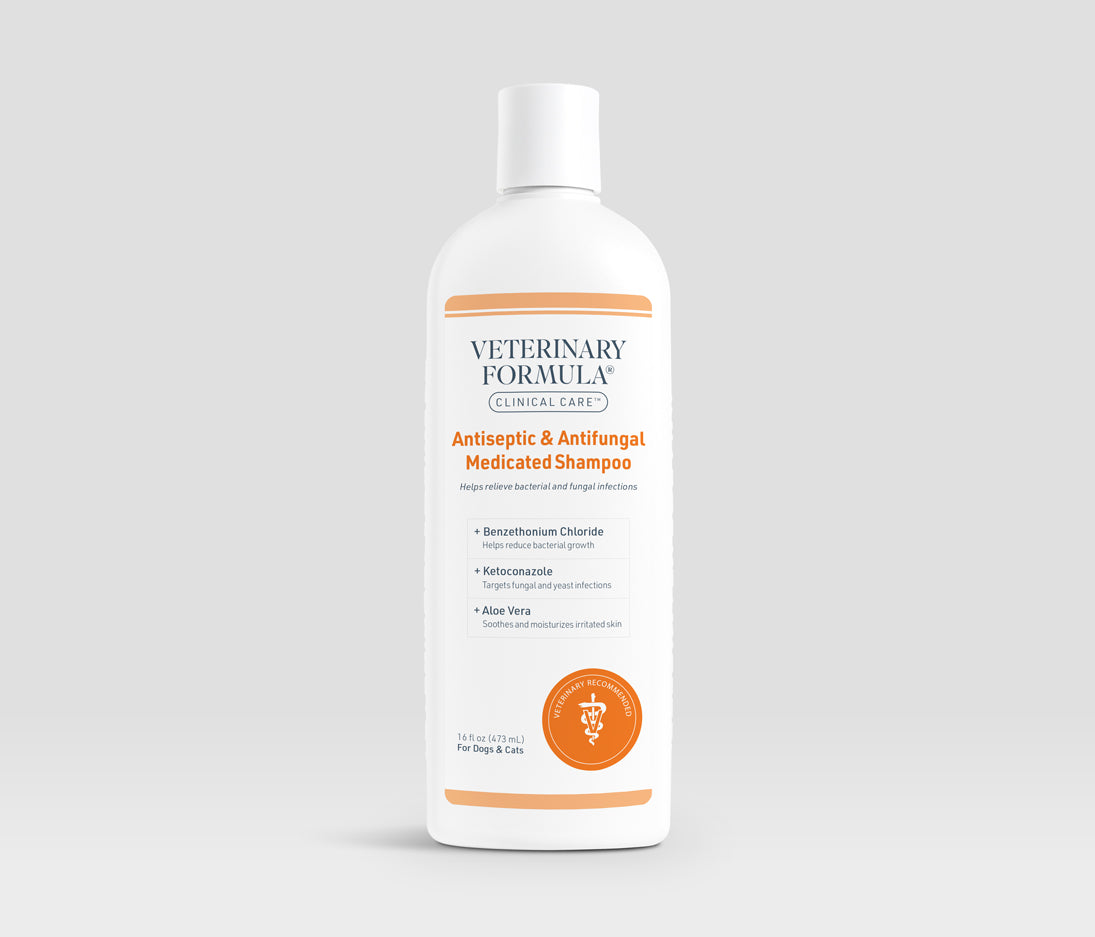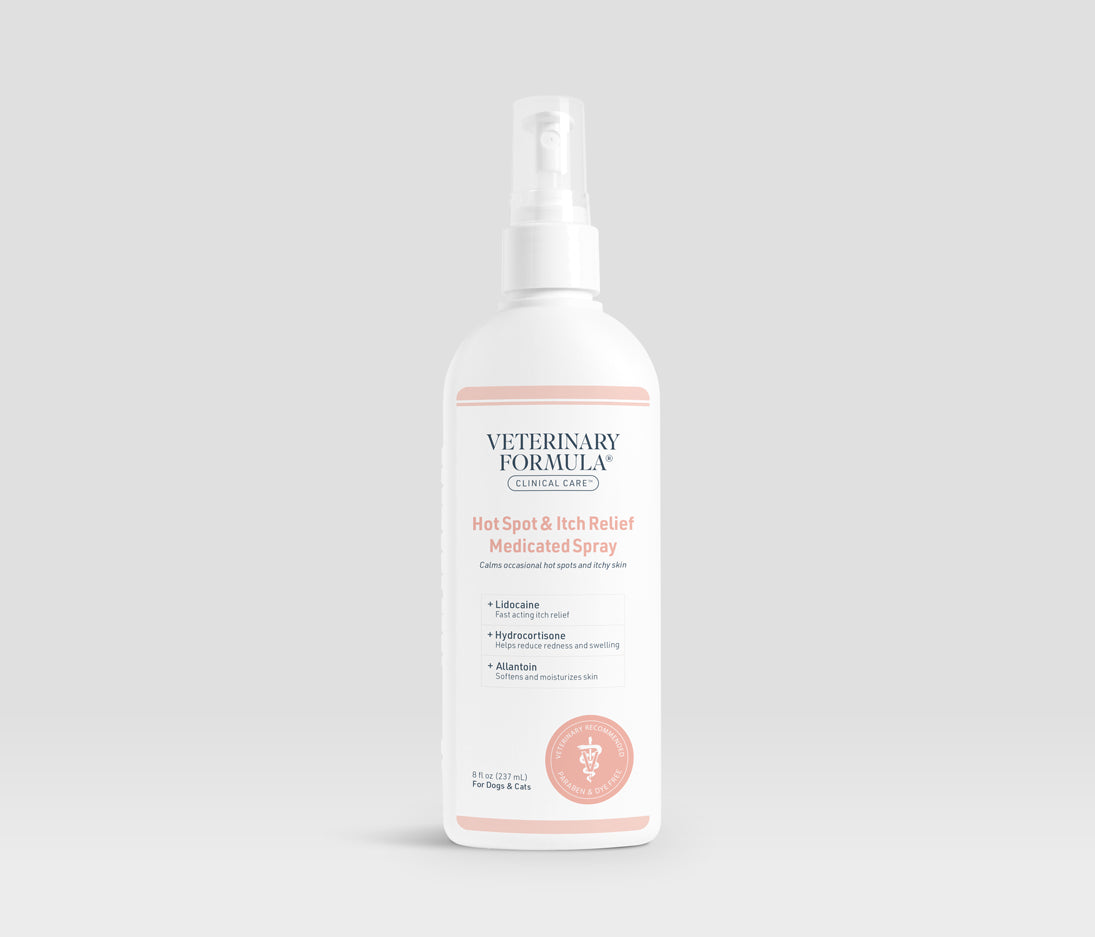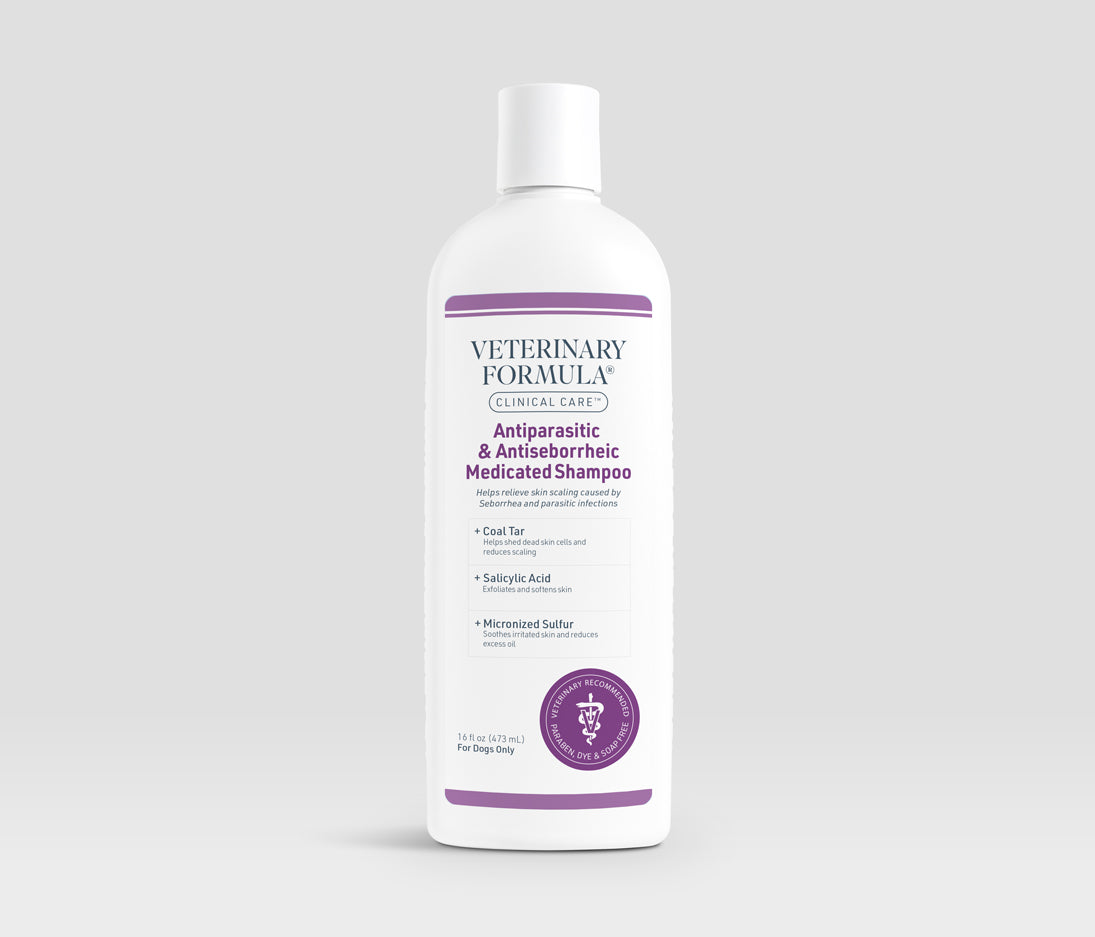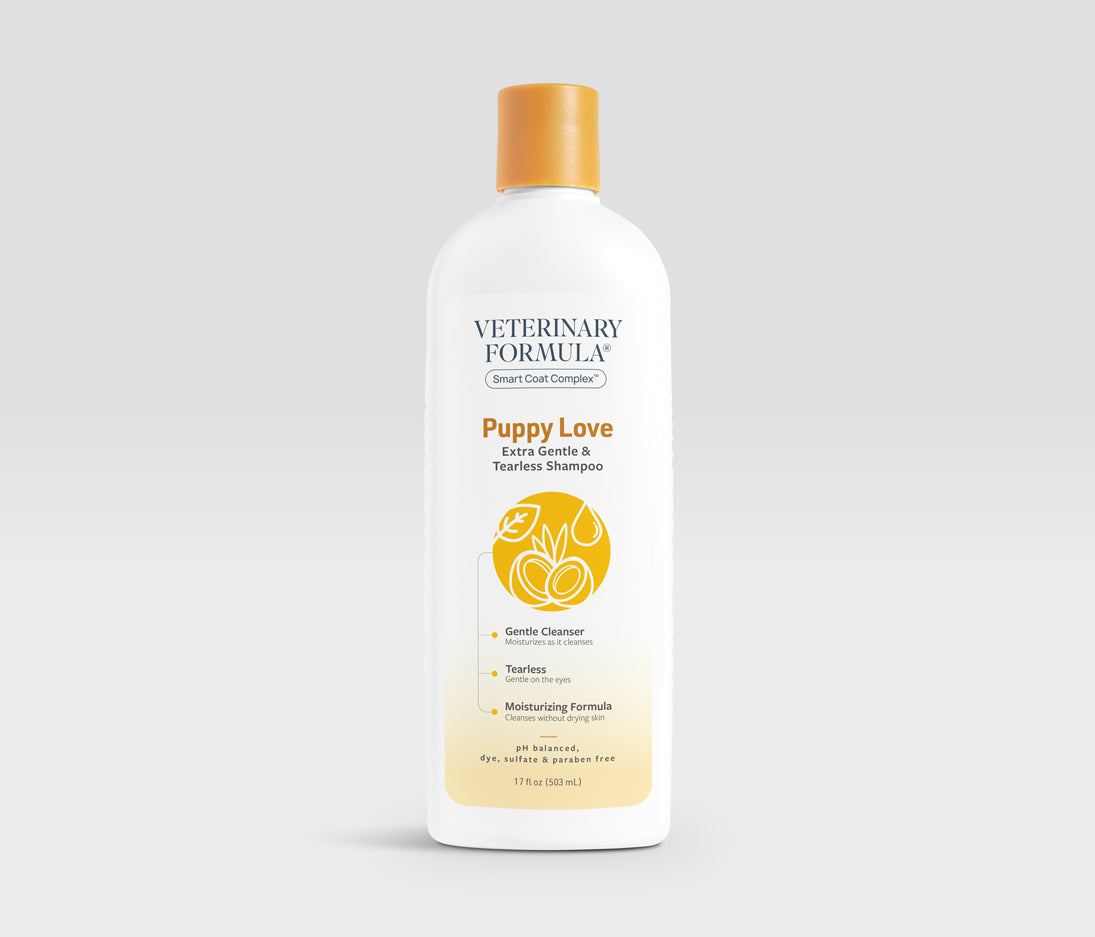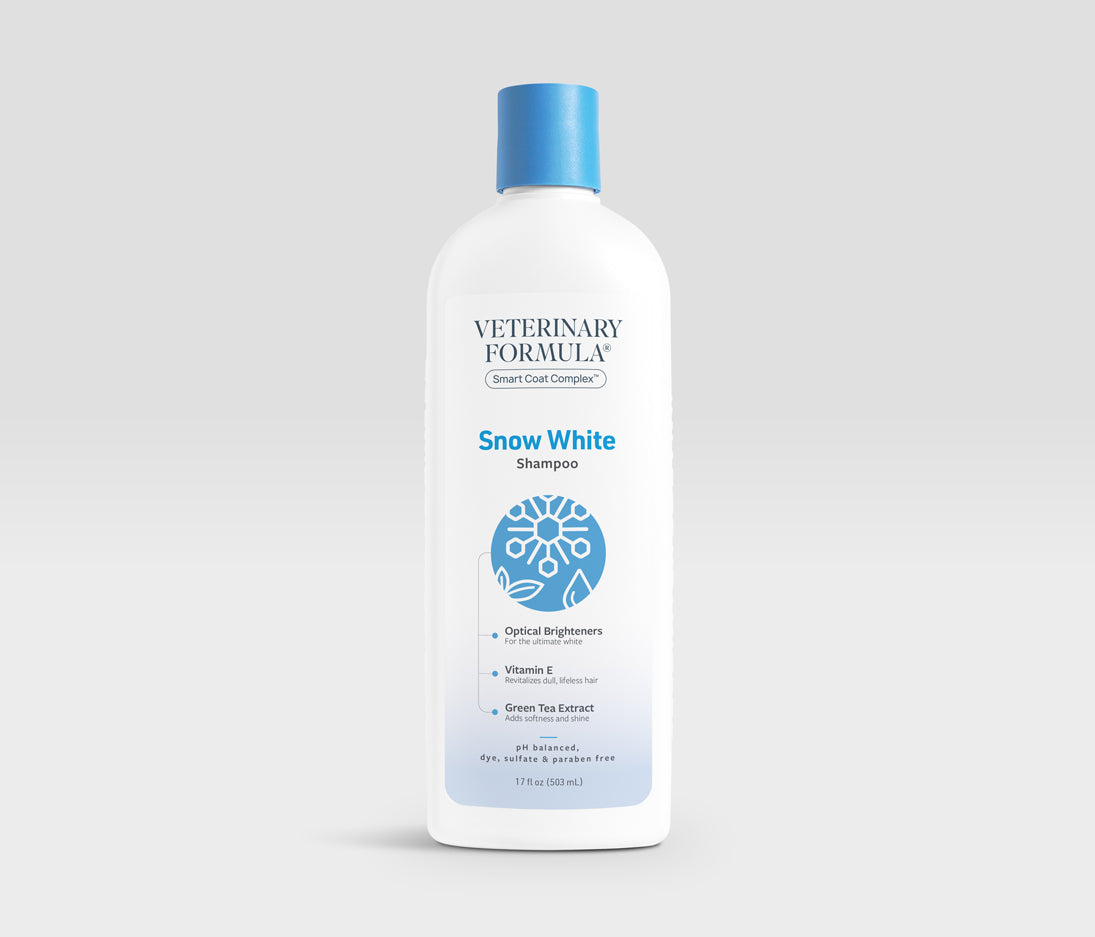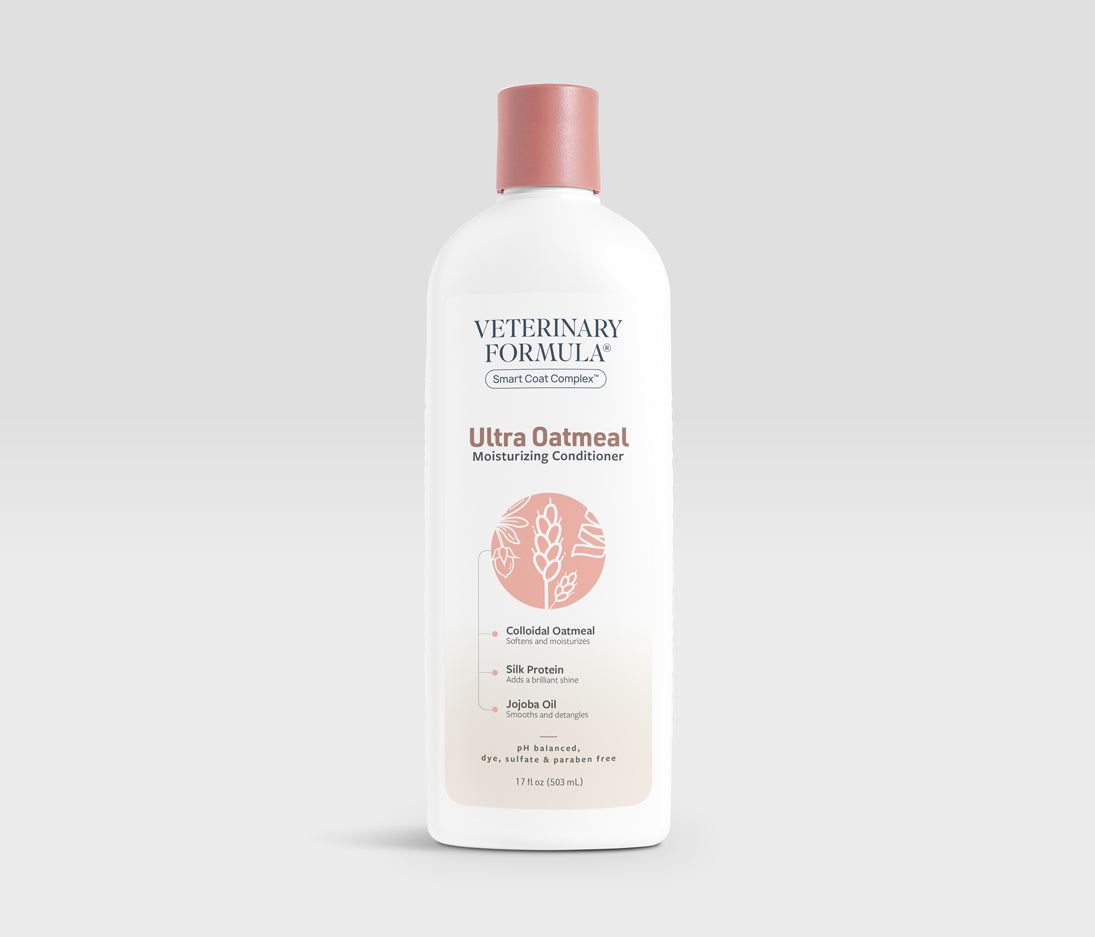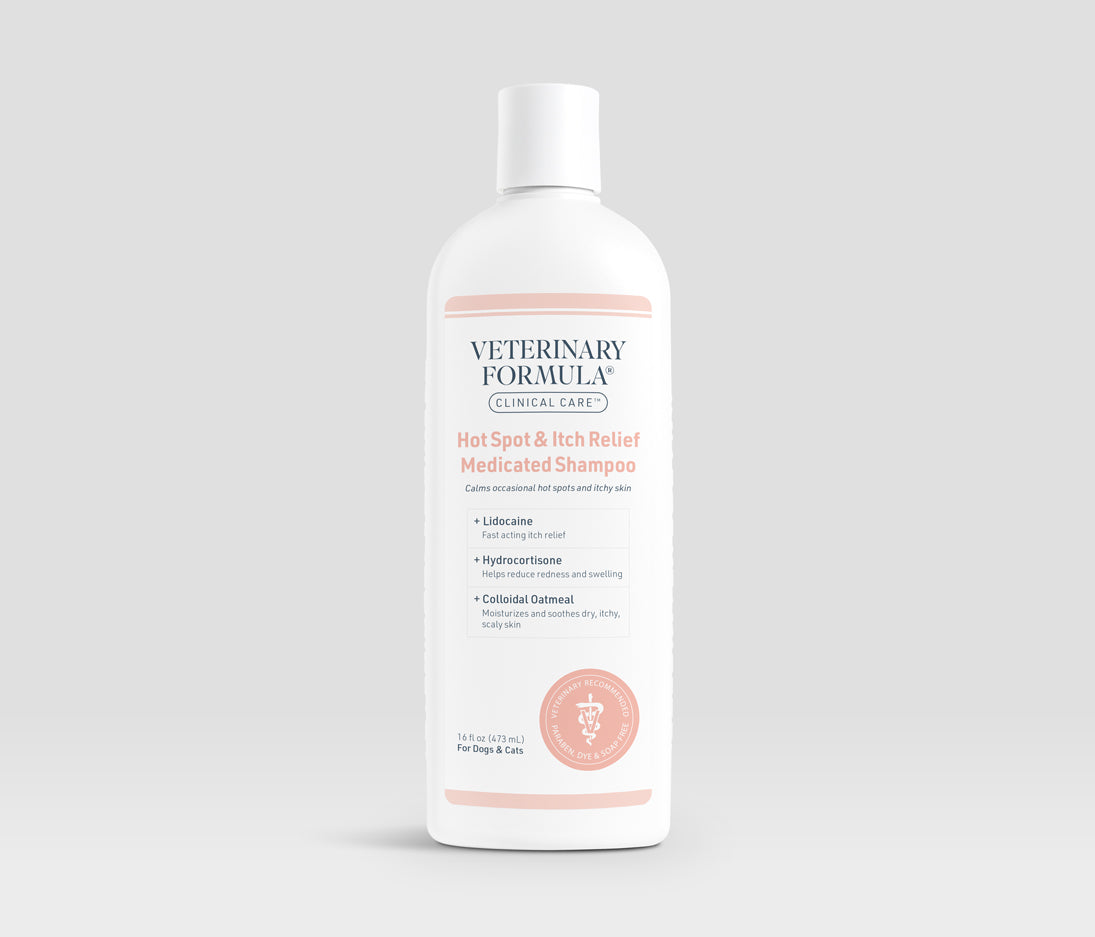
Humans get headaches when we're dehydrated. It's our body's warning sign telling us we need to drink up. Dogs also get warning signs of dehydration, but it's up to us to interpret them. So, we can intervene before it's too late.
A dehydrated dog is in danger of long-term physical consequences. And, in the worst cases, death.
Our dogs' bodies are 80% made up of water. (That's higher than us – our bodies are 60% water.) Water is necessary for nearly every important function in their bodies. From regulating body temperature and keeping their pH levels balanced. To lubricating joints and aiding in digestion.
It's also essential to the maintenance of healthy levels of electrolytes like potassium, chloride, and sodium, which your dog can't live without.
A loss of 10 to 15% of the water in your dog's body is enough to cause severe dehydration, which can lead to shock, kidney failure, and death.
Warning Signs of Dehydration in Dogs
The signs of a dehydrated dog will vary depending on how dehydrated your dog is.
Early-stage signs include lethargy and excessive panting. Later-stage signs include muddled thinking, an inability to walk, and unconsciousness. Other dog dehydration symptoms can be more subtle.
Here's a list of the most common warning signs of dog dehydration.
How To Rehydrate a Dog
Most dogs can go without water six to 10 hours. After that, they'll start to feel the effects of dehydration. But you might not notice any signs for up to 24 hours.
In other words, by the time you notice your dog is dehydrated, it may have been a while. You'll need to get your pup rehydrated pronto.
To rehydrate a mildly dehydrated dog, start by offering small sips of water every few minutes or offer pieces of ice for him to lick.
If you've got any moisture-rich treats, bring them into the mix. Don't go too fast. Too much water, too quickly while dehydrated could cause vomiting, which will only make matters worse.
This is also how you should rehydrate your dog during strenuous hikes or runs. Or after a long game of fetch in the sun.
Depending on how long your dog has been without water, this may be enough. Do another skin test to see if anything has changed and call your vet if nothing seems to be happening.
If the signs of dehydration are extreme (your dog's eyes are deeply sunken, he can't stand up or is barely conscious) you'll need to take him to the vet immediately. Your vet will put your pup on a drip, which will replace the fluids he's missing, as well as the vital electrolytes his body needs to keep functioning.
In mild cases, your vet may inject fluid under your dog's skin, which will be absorbed over a period of a few hours.
Causes of Dehydration in Dogs
In the summer months, high temperatures and lack of water are the top causes of dehydration in dogs. Lots of running around in the heat can also cause your dog to become overheated and dehydrated.
(Dogs are at such high risk of dehydration in summer that pet product manufacturer Pet Safe declared July Pet Hydration Awareness Month.)
Other causes of dehydration in dogs can include excessive vomiting and diarrhea (these also speed up the rate of dehydration), heatstroke, and illnesses such as kidney disease and diabetes.
Puppies, senior dogs, and nursing mother dogs are also at increased risk of dehydration.
Some dogs simply stop drinking. This is almost always a sign of illness. Take your pup straight to the vet if he stops drinking, both to prevent dehydration and to address the underlying cause.
Keeping Your Dog Hydrated
The best way to ensure your furry best friend stays hydrated is to keep a regular supply of fresh, clean water on hand. That includes whenever you're heading out the door with your pup, especially if it's hot outside.
But how much water should your dog be drinking?
It's simple. Your dog needs approximately one ounce of water for every pound of body weight.
Your seven-pound Maltese? She needs seven ounces of water. Your 50-pound Bulldog? She needs 50 ounces. The math couldn't be easier.
To ensure your dog is getting the necessary amount of water, measure her water bowl to see how often you need to fill it up.
